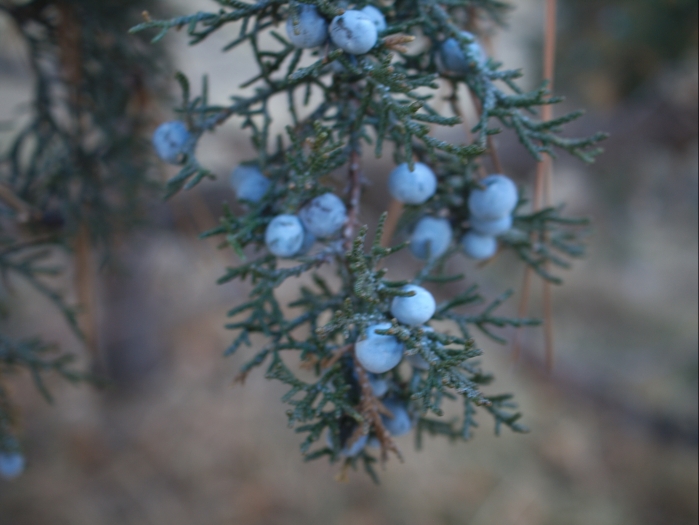Western Juniper
(Juniperus occidentalis)
Western Juniper (Juniperus occidentalis)
/
/

Tom Wainwright
CC BY 4.0



















































Estimated Native Range
Summary
The Western Juniper is valued for its hardiness and adaptability, often used in xeriscaping due to its low water requirements. It features scale-like blue-green foliage and produces berry-like cones that are blue-brown with a whitish waxy bloom, maturing in about 18 months. These cones, often called "juniper berries," are notable for their use in flavoring gin and various culinary dishes. The tree is also appreciated for its aromatic wood, which is resistant to decay and used in fence posts and crafts. In cultivation, it is suitable for windbreaks, screening, or as a specimen plant in naturalistic landscapes. Western Juniper requires full sun to part shade, well-drained soils, and can tolerate drought once established. While generally low-maintenance, it can be susceptible to juniper blight and may attract pests such as aphids and scale insects.CC BY-SA 4.0
Plant Description
- Plant Type: Shrub, Tree
- Height: 20-40 feet
- Width: 10-30 feet
- Growth Rate: Slow
- Flower Color: N/A
- Flowering Season: Non-Flowering
- Leaf Retention: Evergreen
Growth Requirements
- Sun: Full Sun, Part Shade
- Water: Medium
- Drainage: Fast
Common Uses
Bird Garden, Deer Resistant, Drought Tolerant, Edible*Disclaimer: Easyscape's listed plant edibility is for informational use. Always verify the safety and proper identification of any plant before consumption., Erosion Control, Fragrant, Hummingbird Garden, Low Maintenance, Rabbit Resistant, Street Planting
Natural Habitat
Dry, open woodlands, and rocky slopes, often at high elevations
Other Names
Common Names: Pencil Wood, Sierra Juniper, Genévrier Occidental, Nyugati Gyantás Boróka, Можжевельник Западный (Mozhzhevel’Nik Zapadnyj), 北美西部圆柏 (Bei Mei Xi Bu Yuan Bai), Zapadna Borovica
Scientific Names: , Juniperus occidentalis, Juniperus occidentalis subsp. occidentalis, Juniperus californica var. siskiyouensis, Sabina occidentalis, Cupressus bacciformis, Juniperus dealbata, Juniperus occidentalis f. corbetii, Juniperus occidentalis f. robinsonii,
GBIF Accepted Name: Juniperus occidentalis Hook.